The Strauss Fantasy (1954)
Johnny Green leads the MGM Symphony Orchestra in a medley of waltzes and other familiar pieces by three members of the Strauss family. Filmed in CinemaScope.
Johnny Green leads the MGM Symphony Orchestra in a medley of waltzes and other familiar pieces by three members of the Strauss family. Filmed in CinemaScope.
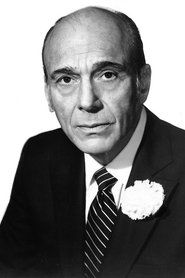 Johnny GreenHimself as Conductor
Johnny GreenHimself as Conductor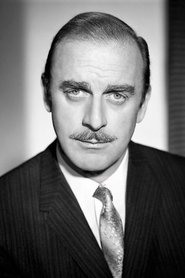 John DehnerAnnouncer
John DehnerAnnouncer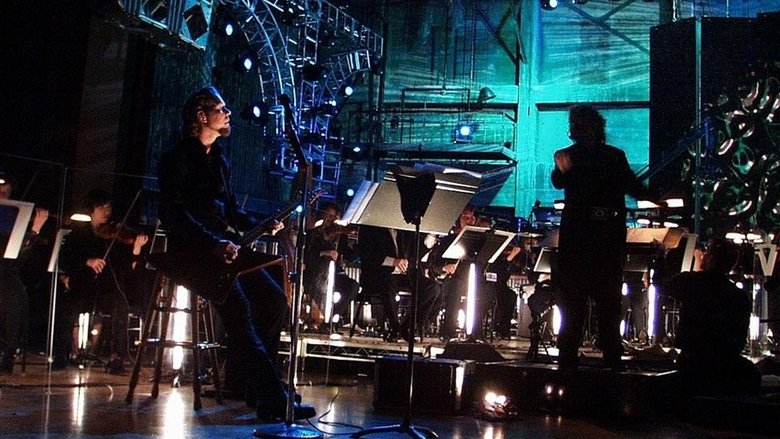
Michael Kamen conducts the San Francisco Symphony Orchestra in support of metal rockers Metallica in this 1999 concert performance.
The first part of this Academy Award-winning short consists of a behind-the-scenes look at the Los Angeles Philharmonic Orchestra as it prepares to perform Ravel's "Bolero." Individual musicians offer their thoughts as workers set up chairs and music stands; there are also comments by conductor Zubin Mehta and scenes of Mehta and the orchestra rehearsing. The rest of the film features a complete performance of "Bolero" with striking images of the orchestra as the music relentlessly approaches its climax.
Go behind the scenes with one of London's most important musical institutions.
'At the end of the day, it remains a secret why some can conduct and others can’t', Sir Georg Solti once said. CONDUCT! explores this secret. The struggle of five young artists for success at the International Conductors Competition in Frankfurt provides real-life drama that tests not only musical abilities but, above all, characters. CONDUCT! explores the secret of conducting with a unique intensity that culminates in a great showdown at Frankfurt’s Opera.
Journey with the musicians of the Berlin Philharmonic and their conductor Sir Simon Rattle on a breakneck concert tour of six metropolises across Asia: Beijing, Seoul, Shanghai, Hong Kong, Taipei and Tokyo. Their artistic triumph onstage belies a dynamic and dramatic life backstage. The orchestra is a closed society that observes its own laws and traditions, and in the words of one of its musicians is, “an island, a democratic microcosm – almost without precedent in the music world - whose social structure and cohesion is not only founded on a common love for music but also informed by competition, compulsion and the pressure to perform to a high pitch of excellence... .” Never before has the Berlin Philharmonic allowed such intimate and exclusive access into its private world.
The Italian Character: a film within music and about music. The Italian character is the story of one of the most renowned orchestras in the world, enriched by archive material of the last thirty years about the great conductors who have been performing on the most famous rostrum in Rome.
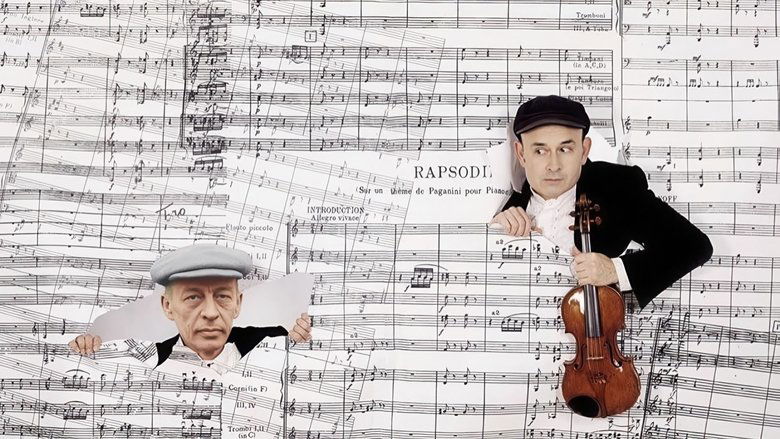
A humorous documentary about the search for a great composer who managed to overcome his depression by spelling his own name wrong.
A behind-the-scenes look at the Aldeburgh Festival and the opening by The Queen of the new concert hall at Snape.
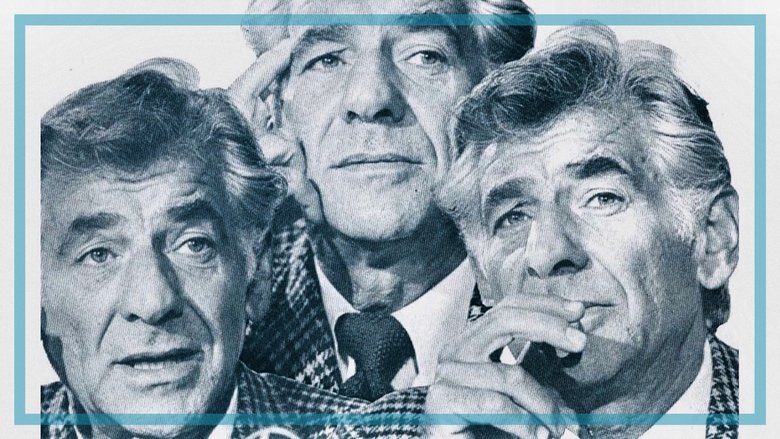
This series comprised six lectures on music, which cumulatively took the title of a work by Charles Ives, The Unanswered Question. Bernstein drew analogies to other disciplines, such as poetry, aesthetics, and especially linguistics, hoping to make these lectures accessible to an audience with limited or no musical experience, while maintaining an intelligent level of discourse: This lecture takes its name from a line in John Keats' poem, "On the Grasshopper and Cricket". Bernstein does not discuss Keats' poem directly in this chapter, but he provides his own definition of the poetry of earth, which is tonality. Tonality is the poetry of earth because of the phonological universals discussed in lecture 1. This lecture discusses predominantly Stravinsky, whom Bernstein considers the poet of earth.
A documentary about an orchestra comprised of female prisoners in Auschwitz.
RHYTHM IS IT! records the first big educational project of the Berlin Philharmonic Orchestra under Sir Simon Rattle. The orchestra ventured out of the ivory tower of high culture into boroughs of low life for the sake of 250 youngsters. They had been strangers to classical music, but after arduous but thrilling preparation they danced to Stravinsky's 'Le Sacre du Printemps' ('The Rite of Spring'). Recorded with a breathtaking fidelity of sound, this film from Thomas Grube and Enrique Sánchez Lansch documents the stages of the Sacre project and offers deep insights into the rehearsals of the Berlin Philharmonic Orchestra.
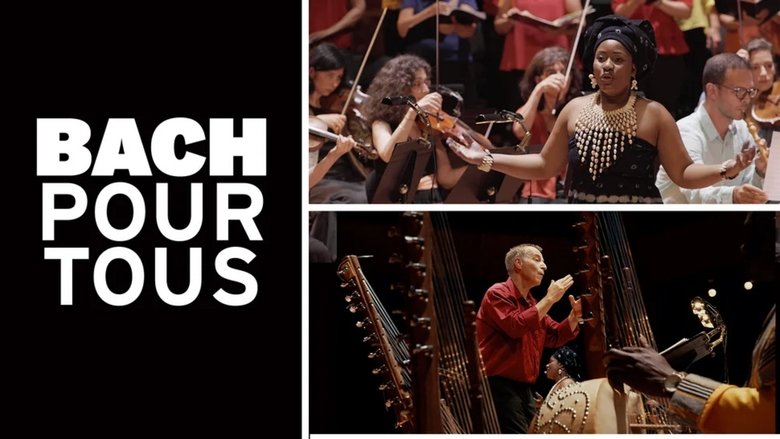
A musical journey in the footsteps of conductor Michel Brun, an atypical character, an atheist, who nevertheless plays sacred music, and who devotes his life to Johann Sebastian Bach. With the musicians of the Ensemble Baroque de Toulouse.
Classical music doesn’t exactly have a reputation for being hip. For too long it’s been seen as a stuffy genre for the high cultured elite. WHAT WOULD BEETHOVEN DO? follows a number of renegades, from composers flirting with modern mediums, to young musicians dedicated to changing the narrative, to a man who’s bringing turntablists and orchestras together. Notable artists such as, Bobby McFerrin, Benjamin Zander and Eric Whitacre add their voices to the debate about why classical music is still relevant today.
A searching, melancholy Dutch documentary about the lives of four classical musicians who won the prestigious Queen Elisabeth Competition in Brussels, a victory that did not prove a guaranteed ticket to the top of the classical music world.
In “Everybody’s Cage”, German film artist Sandra Trostel turns John Cage and his approach to art into a tangible fascination, without giving in to explain just a single bit of it.

This series comprised six lectures on music, which cumulatively took the title of a work by Charles Ives, The Unanswered Question. Bernstein drew analogies to other disciplines, such as poetry, aesthetics, and especially linguistics, hoping to make these lectures accessible to an audience with limited or no musical experience, while maintaining an intelligent level of discourse: Phonology is the linguistic study of sounds, or phonemes. Bernstein's application of this term to music results in what he calls "musical phonology".